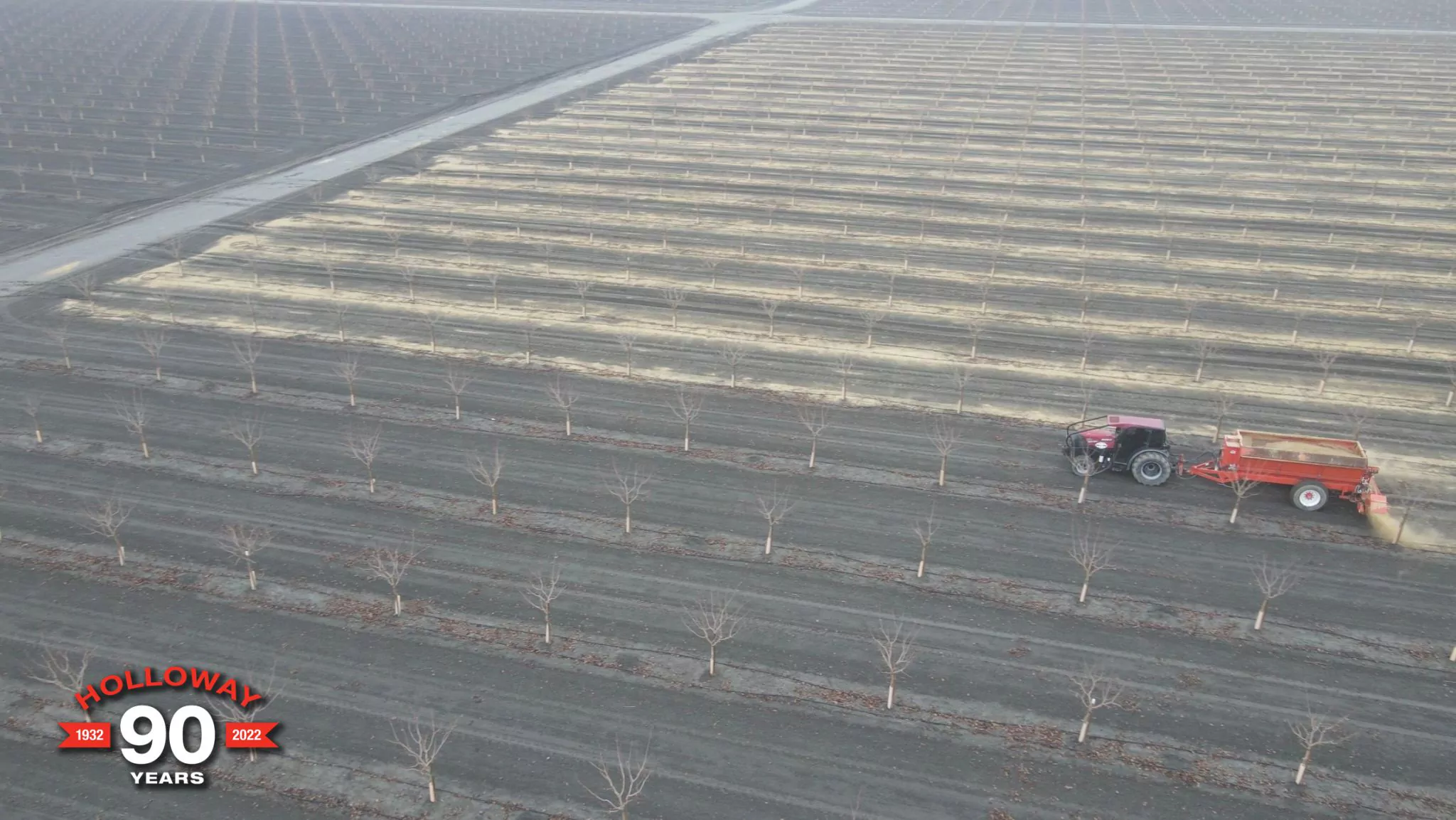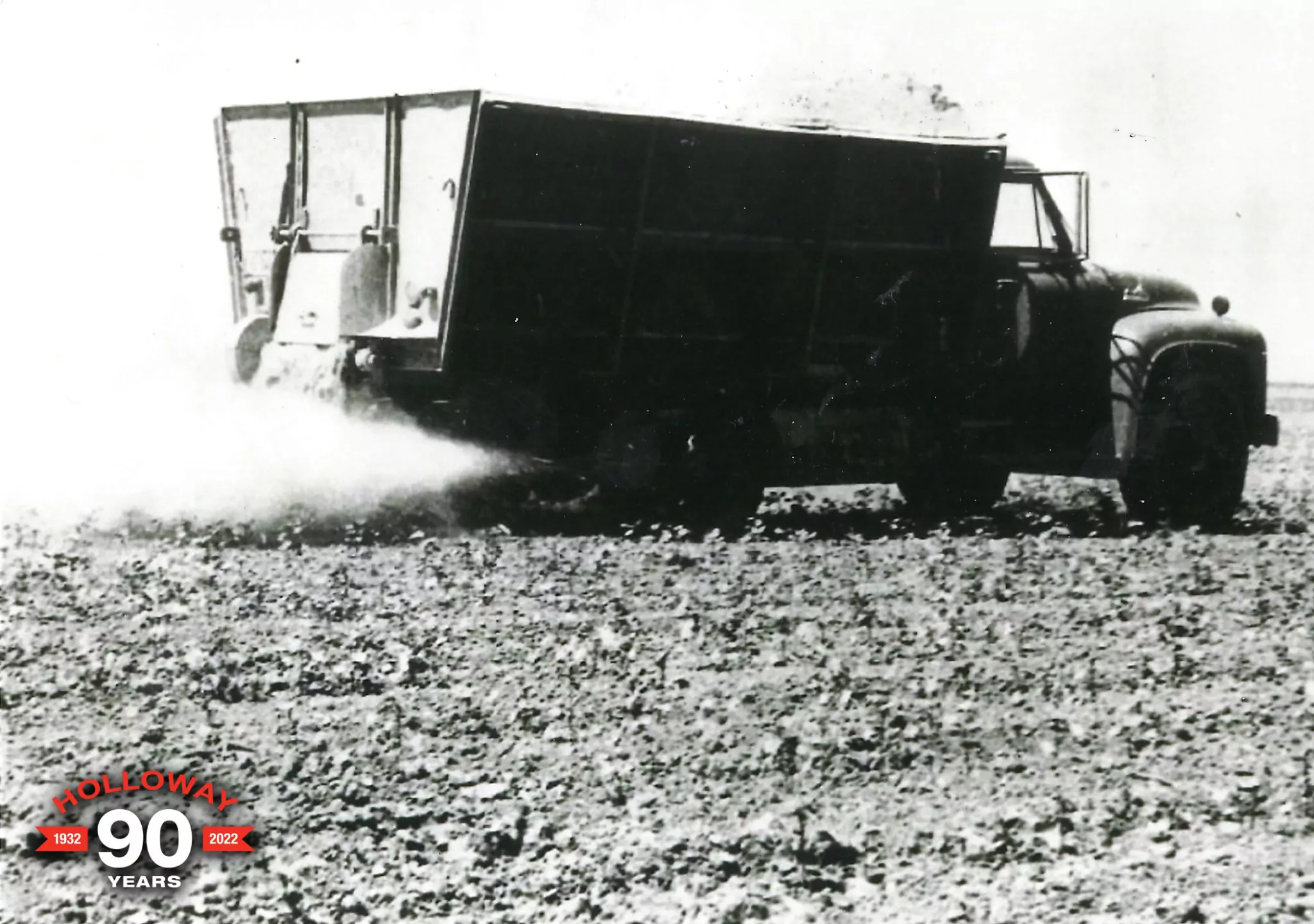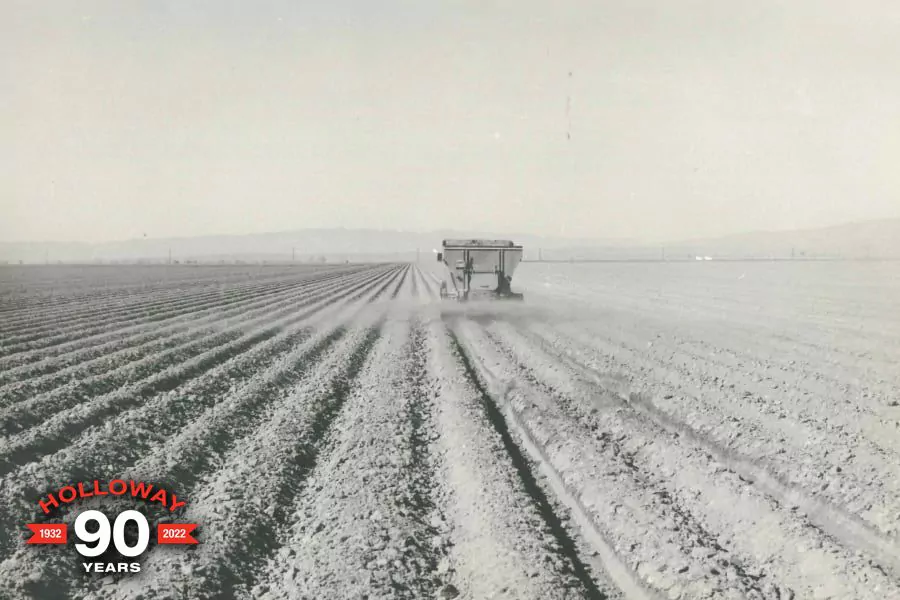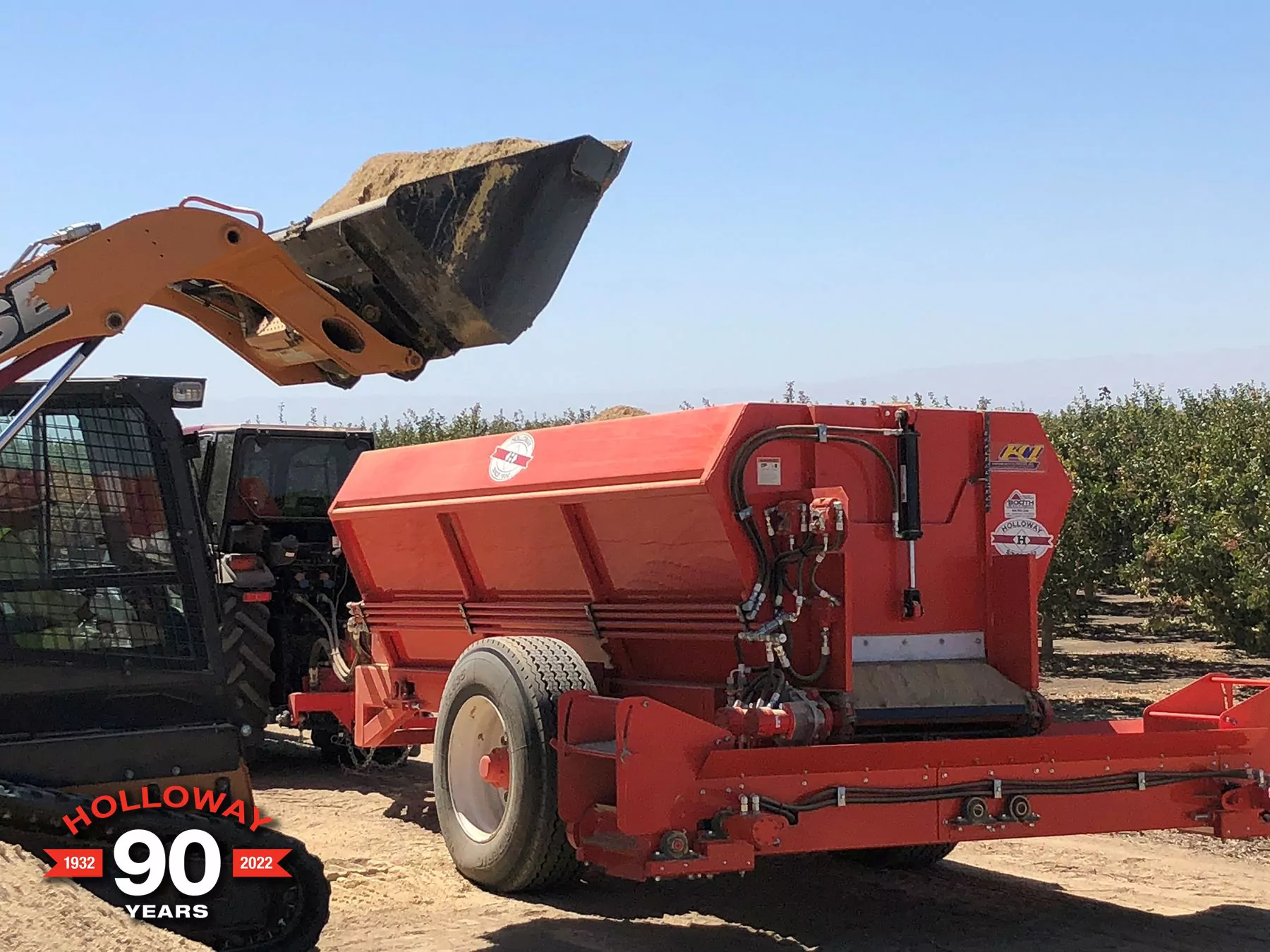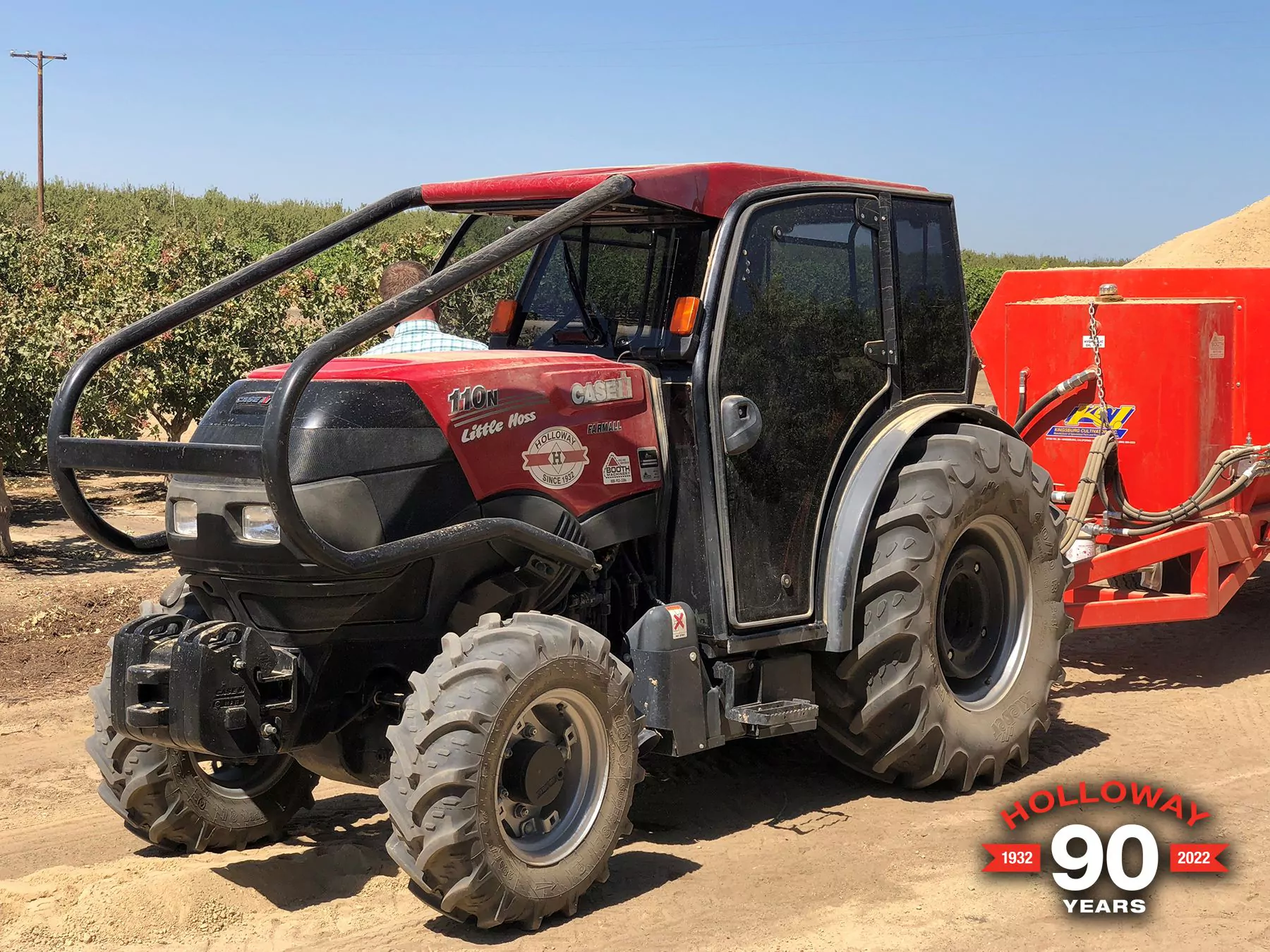 “Technology is nothing. What’s important is that you have a faith in people, that they’re basically good and smart, and if you give them tools, they’ll do wonderful things with them.”
“Technology is nothing. What’s important is that you have a faith in people, that they’re basically good and smart, and if you give them tools, they’ll do wonderful things with them.”
-Steve Jobs
Needless to say, the agriculture industry has done some remarkable things over the years.
Despite that agricultural evolution and ability to produce more food today than it ever has in our history, outsiders sometimes mislabel the ag industry as outdated and technophobic when it comes to its farming practices.
But if you’ve actually worked in or followed agriculture closely the past couple decades, you’ve seen just how far technology has come on our farms.
A look at how Holloway spread’s gypsum and other amendments today, using precision ag technologies such as GPS and soil maps.
Looking back at Holloway’s 90 years working in Central California, we see that technological evolution first-hand in our photo archives.
Back in the 1930s, 40s and 50s, Holloway spread gypsum and other soil amendments with pickup trucks that were outfitted with spreading mechanisms on the beds.
By the 1960s and 70s, Holloway had switched to larger, commercial-sized spreading trucks, but the process of spreading amendments across a field or orchard really hadn’t changed that drastically. In fact, for the first 60 years, little changed with how we spread amendments here in California – other than the axel width and horsepower used.
Then came GPS technology in the mid-1990s, which drastically changed the accuracy and precision we spread amendments with today, with little compaction issues or impact to the crop or soil.
In recent years, variable rate technology has allowed tech-savvy managers – equipped with field sensor data, aerial maps and other ag technologies – to apply inputs at different rates depending on soil type, soil/water/tissue analysis, and for different varieties. All of which has drastically helped improve soil and crop health while cutting down input costs, particularly in permanent crops.
Here’s a look back at how spreader technology has changed over the decades:
Holloway spreading gypsum over cotton by truck in the 1960s, when field crops were a dominant crop in Central California.
By the 1970s, Holloway was using larger, commercial trucks to spread gypsum in specialty crop types such as almonds, fruit tree orchards and vineyards.
Today, spreader trailers are able to deliver amendments right along the tree row and irrigation lines.
Today’s tractors are also outfitted with precision GPS to ensure operators are efficient and delivering amendments exactly where they need to be for crop uptake.
You can read more about California ag history as part of Holloway’s 90-year anniversary celebration at hollowayag.com/90
Join Over 800 Companies Using Holloway Today.
Or Become Part of The Holloway Group to Further Your Career.

